CULTURE Village Glamping Biscione
Camping Biscione’s strategic position makes it a perfect starting point for excursions and visits to the fabulous
AEGADIAN ISLANDS
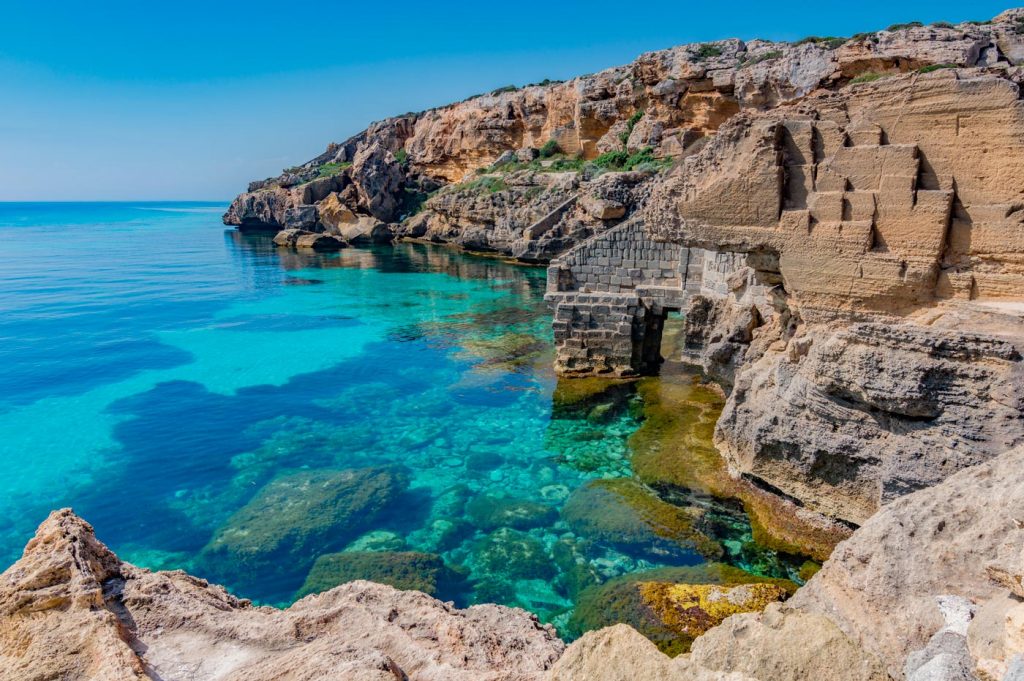
Favignana
The largest island in the Aegadian archipelago. The island’s traditional mediterranean architecture, with its whitewashed houses with blue or green windows, has been rediscovered and promoted particularly in recent years; in fact the landscape is protected by the superintendency for cultural heritage.
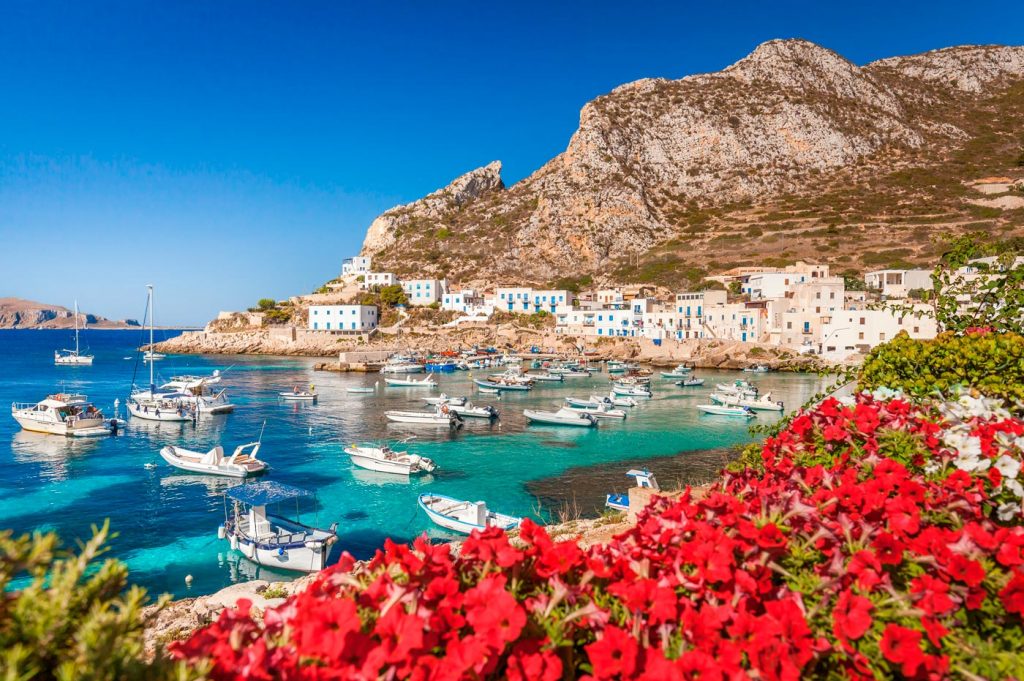
Levanzo
The smallest of the Aegadian Islands. The island consists of white limestone rocks with a large number of caves.The most famous is the Grotta del Genovese, one of Italy’s most important archaeological sites, with cave paintings dating back to the late Paleolithic era (9680 BC).
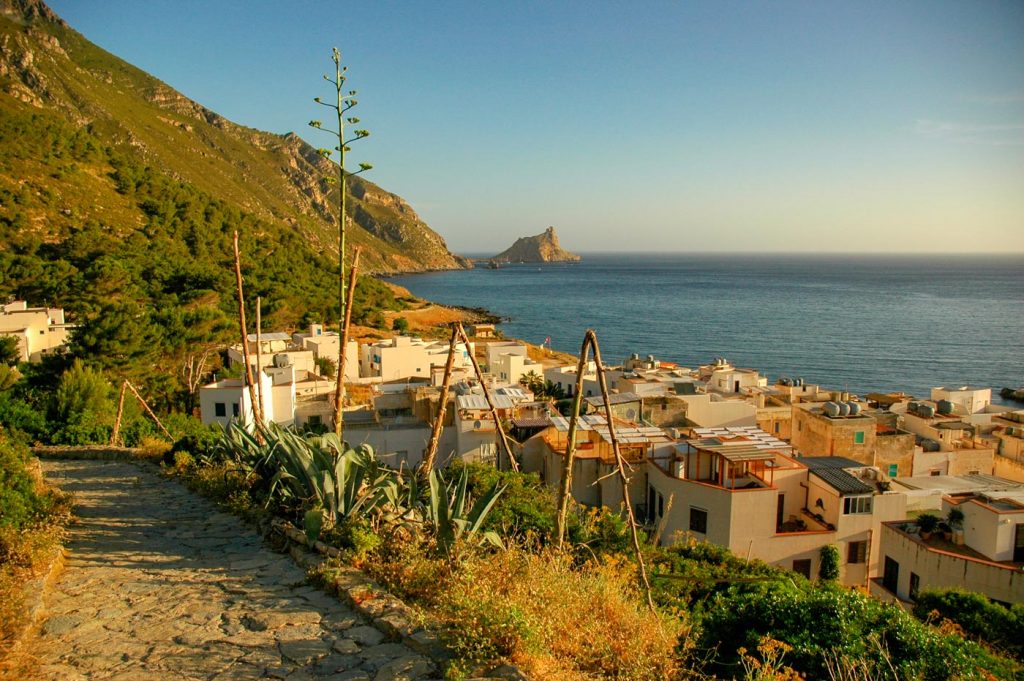
Marettimo
The ancient inhabitants of this tiny area of the Mediterranean believed the island was a sacred place, and the reputation remains today. According to the Trapani version of the Odyssey, Marettimo coincides geographically with Ithaca, the birthplace of Ulysses. The hero himself indicated its position.
CITIES
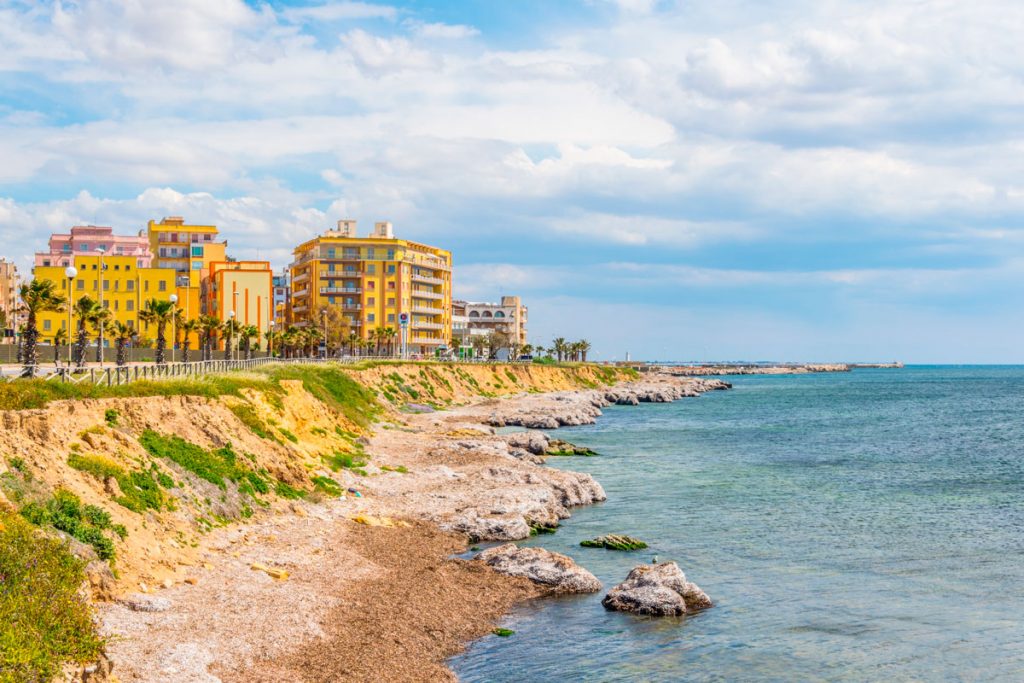
Marsala
Marsala has a rich history, having played an important role in Roman times. During the Punic Wars, Rome successfully defeated Hannibal, bringing Marsala and later Sicily under Roman domination. Any Italian interested in their history should visit the archaeological museum, which today is home to a ship from the Punic Wars, with its original components reassembled. Another well-known historical event came in 1860, when Giuseppe Garibaldi disembarked at Marsala with his Expedition of the Thousand. This marked the beginning of Italian reunification. One of the main areas of interest for visitors to Marsala is its sweet wines. Many vineyards are open to visitors, who can also take a guided tour.
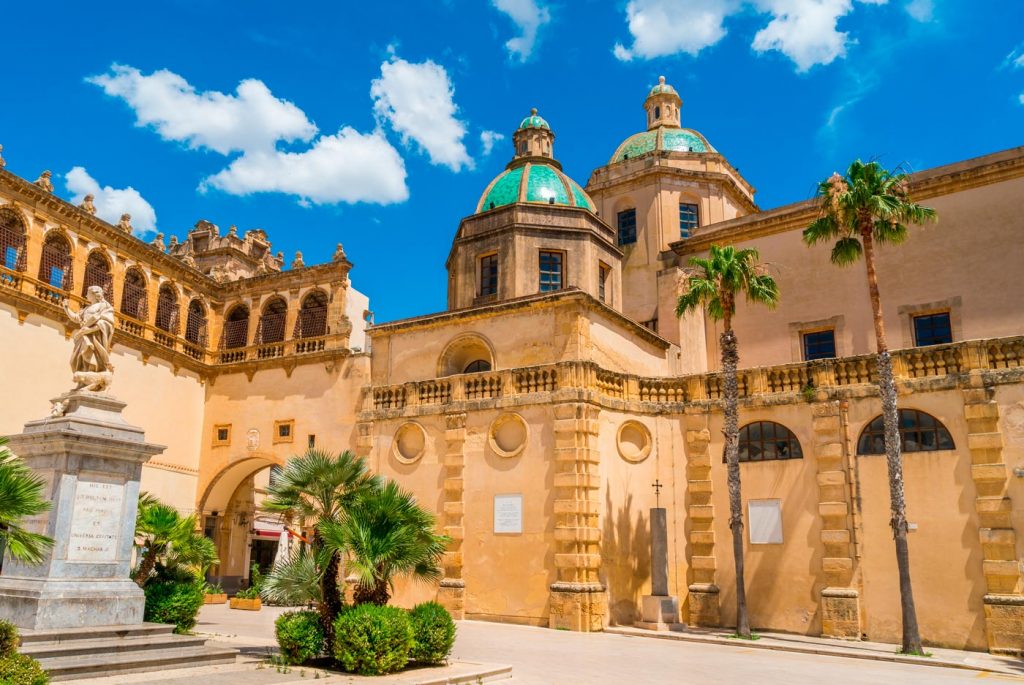
Mazara del Vallo
One of the many Italian cities with an extremely ancient history. Mazara del Vallo has had contact with the most diverse cultures,
from the Greeks to the Romans, the Barbarians to the Moors. It’s a story of cultural exchange that’s still evident today and which gives the town a very special charm. The historic centre retains many characteristics of Arabic and Berber culture. The notable feature is the KASBAH, a warren of narrow streets leading to the courtyards of numerous houses. The veritable labyrinth of streets had a defensive function for the town. Today the town’s history can be seen in the beautiful and colourful majolica tiles that adorn the buildings.
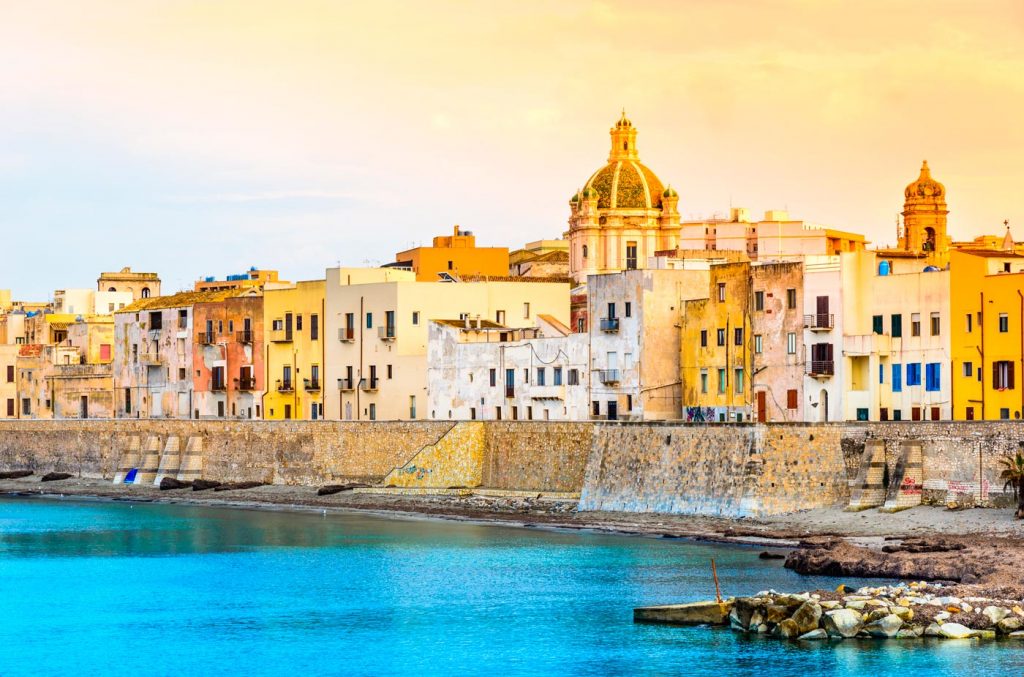
Trapani
Located on the Sicilian coast and exposed to sea and wind, Trapani is a place which over the centuries has retained the marks of the many civilisations that have dominated the area. Today it is a lovely Sicilian town and a centre for both seaside tourism and culture; it’s definitely worth exploring this delightful place and its rich history. It is also home to fabulous specialities such as wine, capers, garlic, oranges and olive oil, and the unique and extraordinary cuisine will make every meal a magical experience.
ARCHAEOLOGICAL SITES
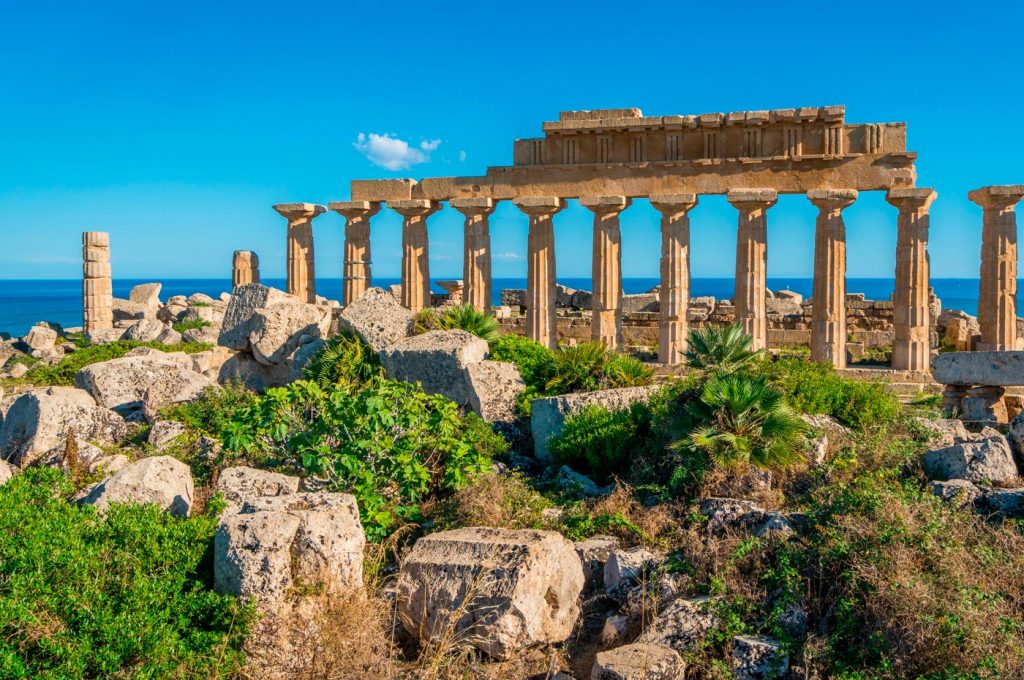
Selinunte Temples
Selinunte was an ancient Greek city located in the south-western coast of Sicily; today it is Europe’s largest archaeological site.In the Acropolis there are several temples and other lesser buildings, while more temples can be seen on a nearby hill. Many of the buildings were destroyed by earthquakes during the Middle Ages; however, restoration work has led to the near-complete rebuilding of the Temple of Hera.
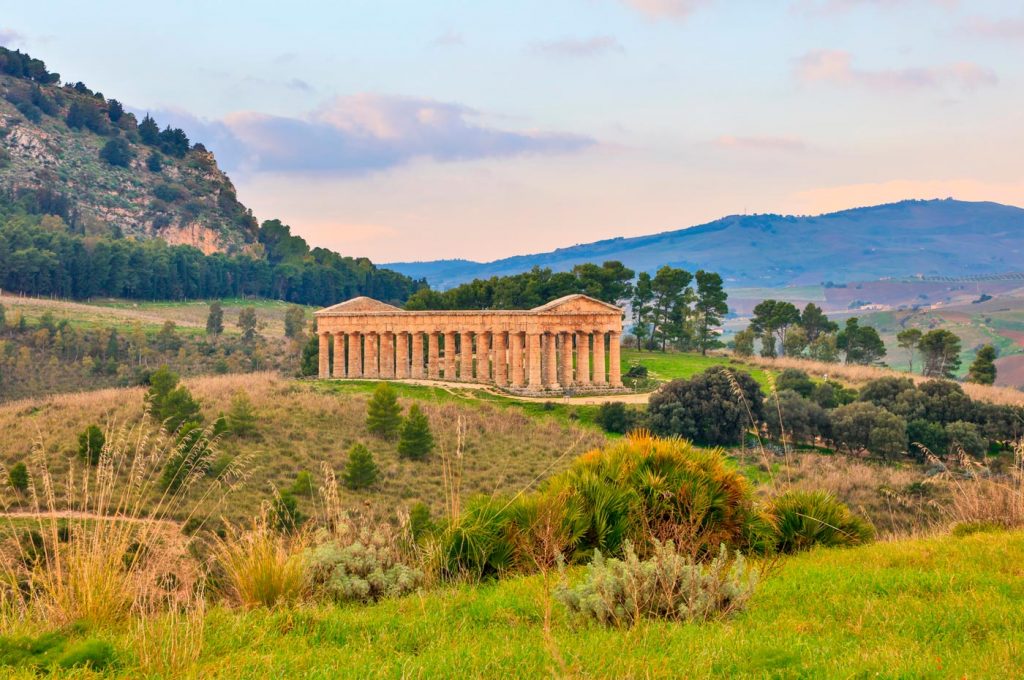
Segesta Temples
The temple, known as the “Doric Temple”, was built in the last thirty years of the 5th century BC on the top of a hill to the west, outside the city walls.The exceptional thing about this place is that the temple still appears to the numerous visitors to the town as it once appeared to long-ago travellers. The entire area is practically unchanged, with extensive hills devoted to crops or grazing and modest uplands with a scattering of trees. There are very few modern buildings.From a distance, the temple is strikingly impressive, surrounded by a sea of hills.
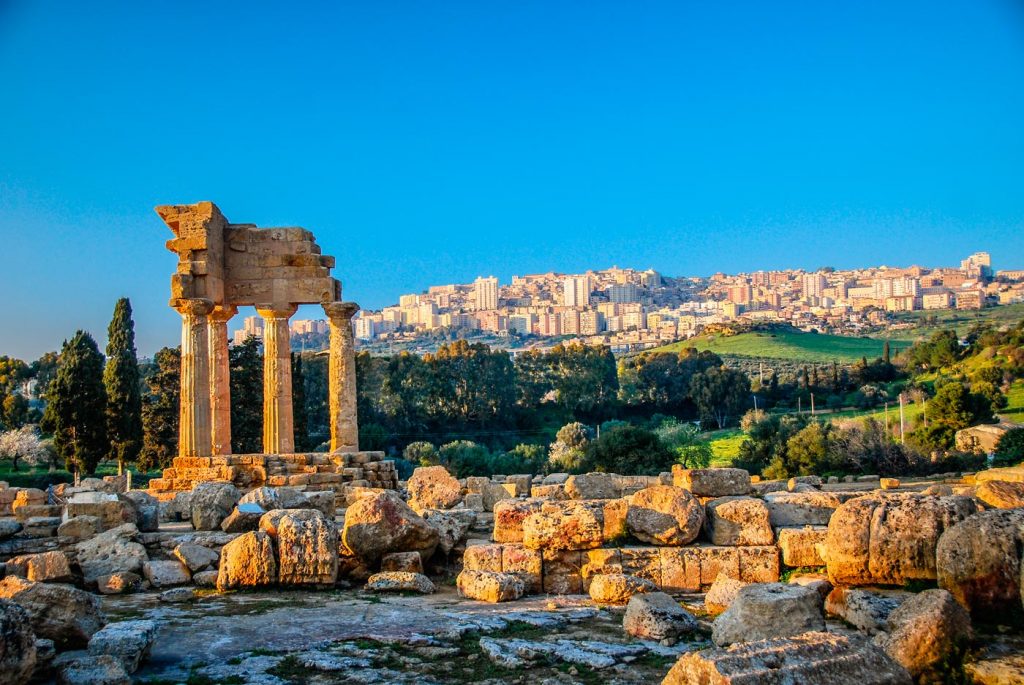
Agrigento Temples
The Valley of the Temples is an exceptionally well-preserved archaeological site in Sicily featuring a series of major Doric temples from the Greek era. Today it is a regional archaeological area. In 1997 the entire area was listed in UNESCO’s register of World Heritage sites. It is a sought-after tourist destination, as well as a symbol of the
city and one of the main attractions in Sicily. The Valley of Temples archeological and landscape park covers 1300 hectares and is the largest in the world.
NATURE RESERVES
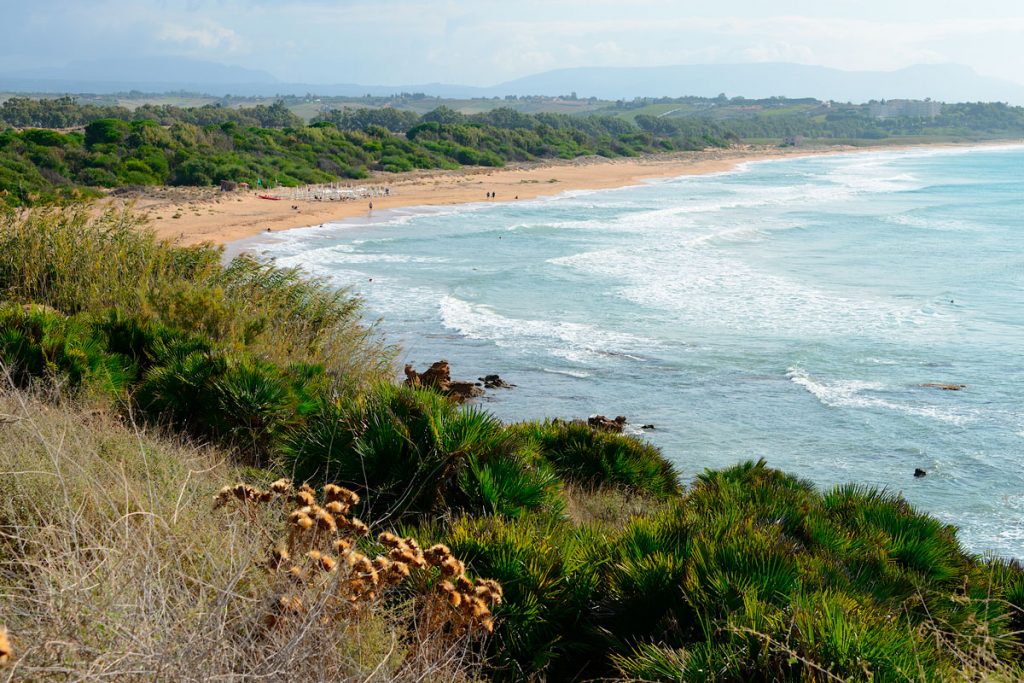
Foce del Fiume Belice
The Riserva Naturale Orientata Foce del Fiume Belice and its dunes is a protected area of Sicily, established in 1984. The natural park occupies approximately 130 hectares, with a further 140 hectares of semi-reserve. The Foce del Belice nature reserve is an area of coastal lagoons that extends more than 5 kilometres on the southern coast of Sicily. The coast is sandy, with countless small dunes which shift with the action of the wind. The reserve was founded primarily to encourage the conservation and regeneration of the dunes and the characteristic flora and fauna of sandy habitats. The park contains a variety of habitats: the dunes, the river estuary with its typical swamp vegetation and, inland, evergreen mediterranean maquis.
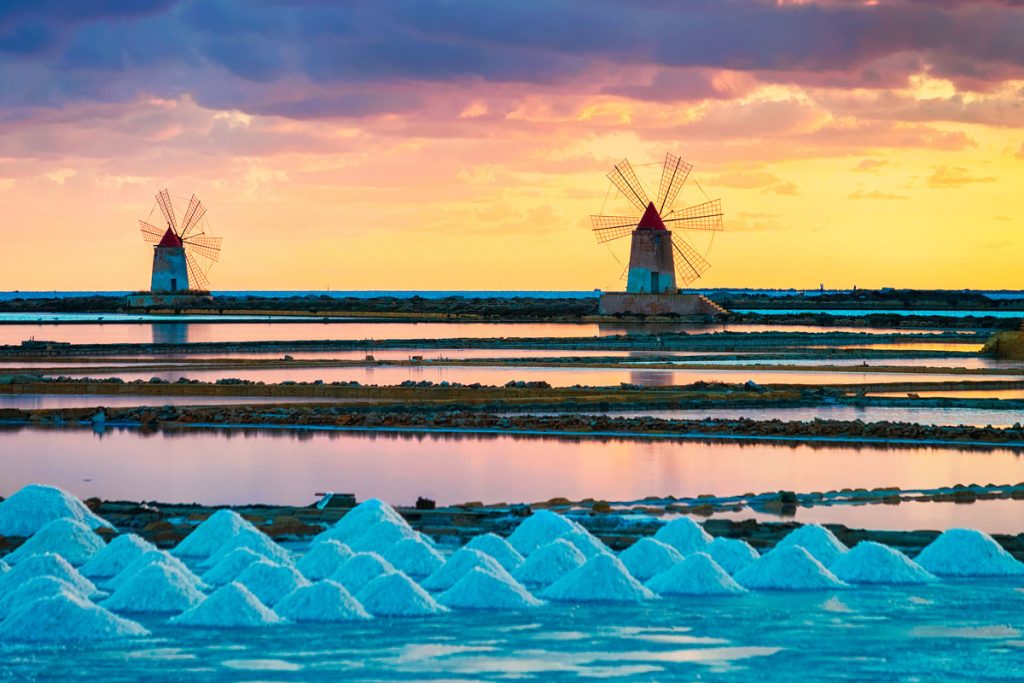
Lo stagnone di Marsala
The Stagnone nature reserve extends from the coast north of Marsala, facing the Aegadian archipelago, as far as the city of Trapani.The salt pans are still one of the special features of the Stagnone reserve, and are open to visitors. As are the impressive windmills used in the past – and still used today – to pump water and mill the salt.However, the characteristic that makes the reserve extra special is the presence of countless species of fish. The warm waters of the lagoon and the shallow seabed makes the Stagnone an ideal habitat for fish reproduction, which is protected by the reserve’s regulations prohibiting fishing and the use of nets.
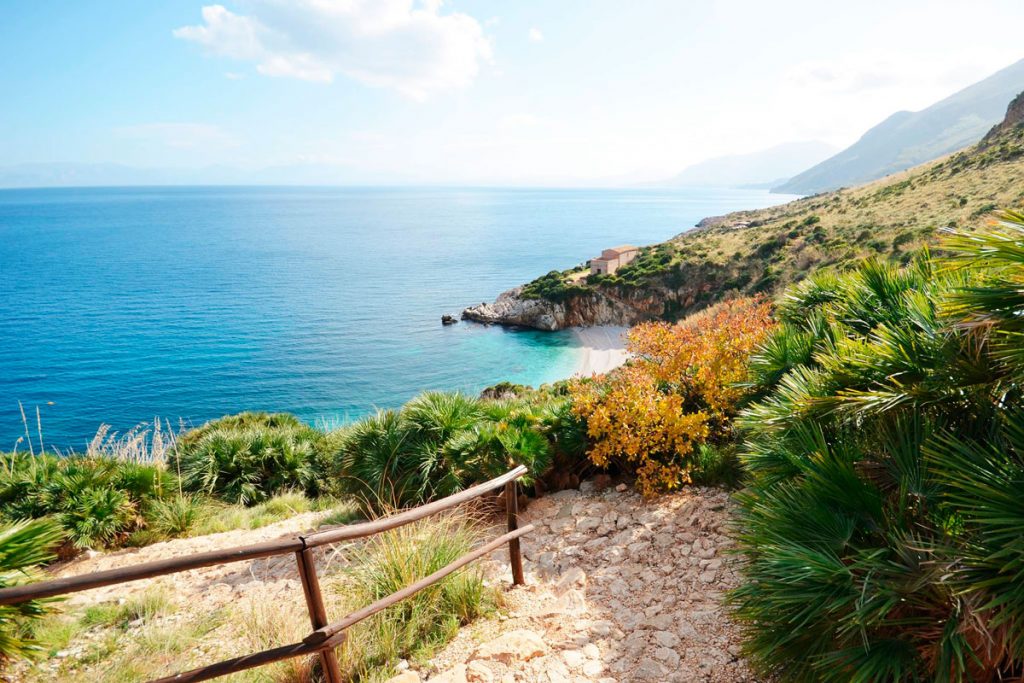
Lo Zingaro
The stretch of coastline between San Vito Lo Capo and Castellammare del Golfo is occupied by the 1650 hectares of unspoilt nature and 7 kilometres of spectacular rocky coast that make up one of Italy’s most important nature reserves, whose luxuriant vegetation includes protected and rare species (for example the giummare, a dwarf palm and the symbol of this area) and whose coast abounds in underwater caves and rocky headlands that provide nesting places for birds of prey. Anyone seeking a place of timeless nature, where past and present coexist in harmony, is well-advised to visit.
